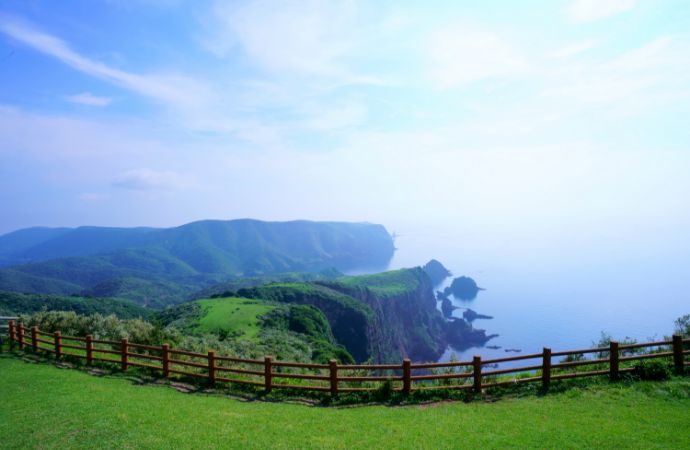
OKI AREA SIGHTSEEING SPOTS
The Oki area, where you can experience the charm of the UNESCO World Geopark. There are many attractions to see, such as Kunigakashore, Lussuk Island, Yaosugisugi/Mudsutsugi, and the waterfall of Tantoscope.
Surrounded by nature, the Iwami Ginzan Silver Mine is a popular UNESCO World Heritage Site. The historic townscape is filled with a nostalgic atmosphere, offering countless photo-worthy spots at every turn. In the Mt. Sanbe area, visitors can enjoy a variety of outdoor activities such as hiking, picnicking, and camping, making it a great destination for both history lovers and nature enthusiasts.
SPOT - 01
Yongen-jera walk
On July 2, 2007, the Ishiki Ginzan Site in Ōta, Shimane Prefecture, was listed as a World Heritage Site. In order to smelt silver, a large amount of wood for wood charcoal is required. A distinctive feature of the Ishikami Ginzan is that it is an "industrial site that coexisted with the natural environment" that was concerned with the surrounding environment, which was appreciated in that regard and led to the World Heritage Register.
The "gait" refers to the mine shaft from which silver was mined. The "Ryūgen-jūjō" is a mine shaft developed in 1715, which is 600m long, second only to Ōkubo-mō. It was a development in the 5th year of Shotoku, and was called "Goka-yama" in the direct management of Daikanshou along with Permanent, Okubo, Shinkiri, and Shinyoko Soma Ayu.
Inside, the remains of chisel-dug marks remain intact, allowing you to know what the work was like at the time, and the "Ryūgenji Chōpō" is the only walk while it is always open to the public.
Spot Details ▶
Official Website ▶
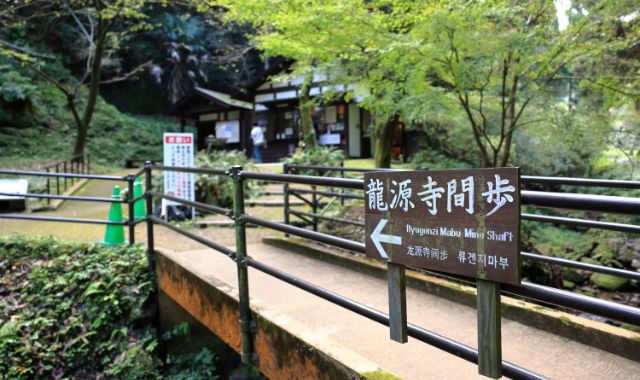

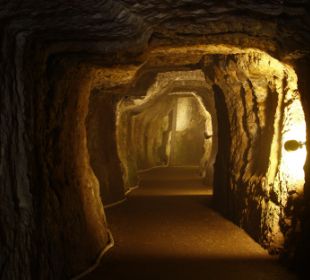
SPOT - 02
Walk between Okubo
"Ōkubo-mama-yō" is one of the largest in the class of Ishimi-ginzan, named after the first magistrate, Ōkubo Nagayasu. It was developed from the Edo period to the Meiji period, and its scale is by far the best compared to other gait. The height of the mine is up to 5m, and there is a legend that Ōkubo Chōan carried a spear and entered with his horse on his own.
Ōkubo Maya,"Ishimi Ginzan Okubo-mama walking public limited tour"Is available for tours.
Spot Details ▶
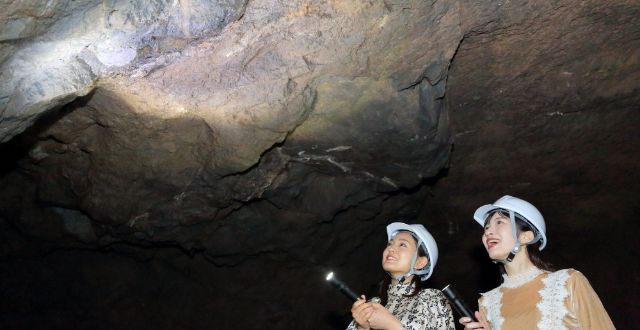

SPOT - 03
Iwami Ginzan World Heritage Center
The "Ishigami Ginzan World Heritage Center" is a facility that will publish the latest research results as an exhibition to introduce the history and technology of Ishigami Ginzan, as well as a research and research center for Ishigami Ginzan.
In addition to the permanent exhibition, which will provide commentary on the silver refining technology of the period, the Haifukiho method, the exhibition will also be organized. At the beginning of the exhibition course, a replica five times the size of Totori-cho silver, all made of silver, is decorated.
There is also a preoccupation with the exterior of the building, which is roofed with locally produced Shishu tiles and has a wooden style design, and the front guidance building is built with the design motif of the main gate and gate tenement of the site of the Omori Daikansho.
Spot Details ▶
Official Website ▶
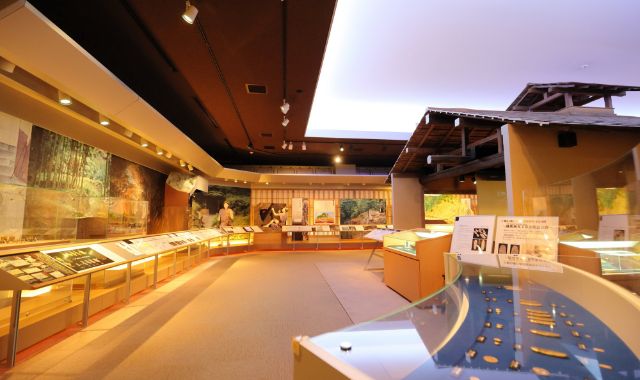
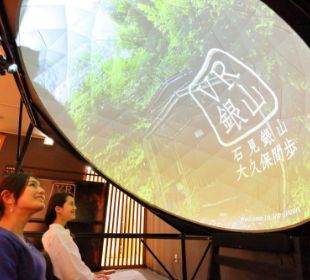
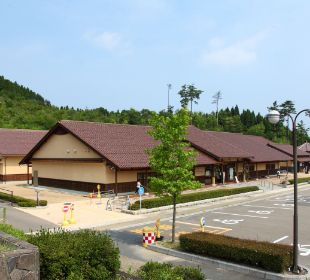
SPOT - 04
Omori Town
The town of Omori, which is lined with historic structures and cultural property, including the samurai residences and the site of the Daikanshō during the Edo period, and the house of the Kumagaya family, the Australian merchant who flourished on the Ishimi Ginzan. If you take a leisurely stroll through that street, you will be surrounded by a nostalgic atmosphere. In order not to break the landscape, vending machines are also built with wooden frames.
In recent years, there are shops and cafes that retain the taste of old private houses but also incorporate the newness, and it has become a popular spot where you can be healed in a calm atmosphere. There are also shops dealing with silverwork, which is recommended for souvenirs.
Barber Theater Arata, where the precious barber culture of the end of the Taisho era remains, was certified as the first store of the National Barber Association "Barber Heritage Certification" on May 1, 2012.
In addition, because it is an environmentally-friendly Ishiki Ginzan, it is also a basic part of sightseeing that does not produce exhaust gas and garbage. It is recommended to walk for a walk, but it is convenient to use a rental cycle.
Spot Details ▶
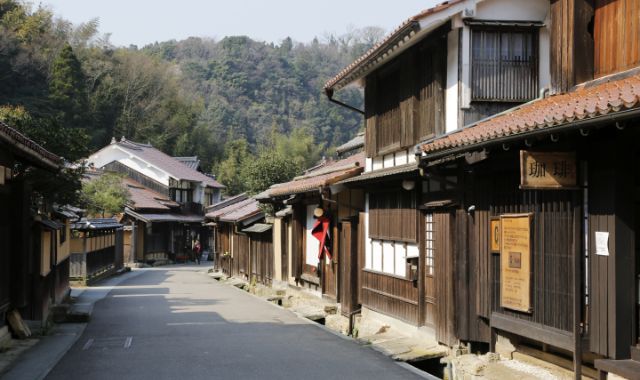


SPOT - 05
Five hundred Rand
The "Rōhan Temple", which was built to feed the spirits of those who died at Yinshan and the spirits of their ancestors. Three grottoes dug across the street from that Lohan Temple lay in state with 501 statues of Rohan, which said it took as long as 20 years to complete.
All of the Rahan statues are painted colorfully, and they have various facial expressions, such as those crying, those laughing, and those looking up in the sky.
Spot Details ▶
Official Website ▶

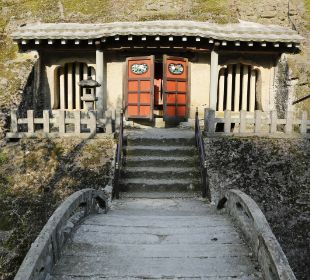

SPOT - 06
Kumagaya Family House
The "Kumagaya" family, located in the town of Omori, is an old merchant house that once flourished at Ishiki Ginzan. It is one of the most influential merchants in the Ishiki Ginzan Imperial Household, and has been designated as a National Designated Important Cultural Property, such as weighing and inspecting the year-end silver that is included in the government office in addition to the mining industry and the sake brewing business.
The interior is very quaint, and the parlors, which are decorated with wallpaper and wallpaper made of Untachi Kakubun (silver on the loess), are hard to use in the summer and the reed door. In addition, it displays items that convey the living, including tools and clothes that the Kumagaya family actually used.
Spot Details ▶
Official Website ▶
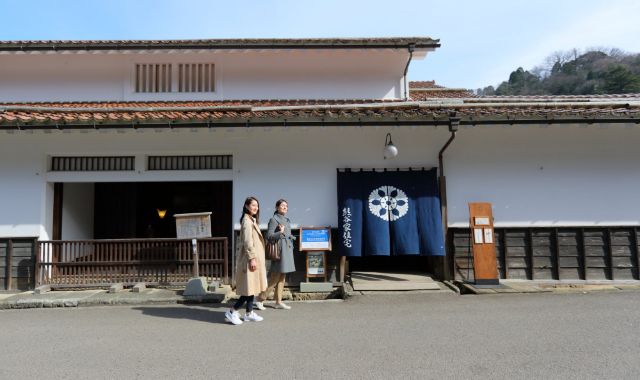
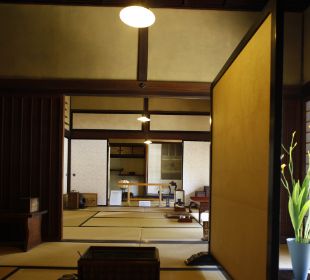
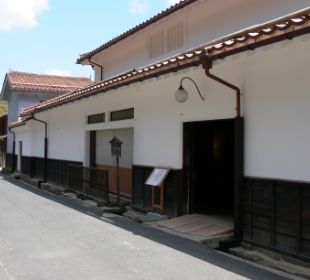
SPOT - 07
Mount Sanbe
Located almost in the center of Shimane Prefecture, Mount Sanbe is a people-friendly mountain that is visited by many people from inside and outside the prefecture as a good spot for outdoor activities such as mountain climbing, picnics, and camping. There are abundant hot springs such as Sanbe Onsen, which boasts the best amount of self-injection in the Chugoku region, Koyahara Onsen and Yukori Onsen, so it is not only a day trip, but also suitable for staying sightseeing.
Mount Sanbe is a volcano that used to repeat eruptions until about 4000 years ago. The mountain hem of the main peak, Osuma Sanbei (1126m), which rises within the caldera, is a gentle terrain, and the west field and the north field are wide grassland, and the figures of cattle to be grazed can also be seen. There is also a natural forest of natural monuments represented by the Beech's Pure Forest and various facilities, and it is an ideal place for nature learning and outdoor training.
Spot Details ▶
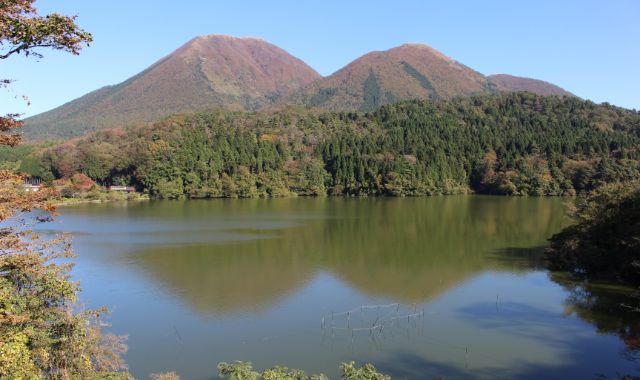

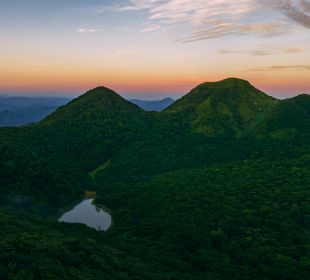
SPOT - 08
Sahimel, Shimane Prefectural Sanbe Nature Museum
Natural system museum of the prefectural government located in Sanbei Mountain, National Park. It is a facility where you can learn about the nature of Shimane Prefecture, including Mt. The nickname "Sahimel" is derived from the ancient name of Mount Sanbe, "Sahimeyama".
Inside the hall, the most up-and-coming planetariums and fossils of the large-scale mammal Desmostilus are also on display, and discoveries beyond time await. In addition, children's space to enjoy with the five senses ''Let's play in the mysterious forest!'' it is also a great attraction that there are plenty of experience-type programs that can be enjoyed by children and adults, such as the “Volcanic Space-Time Theater” theater room where you can enjoy powerful sound and video.
Spot Details ▶
Official Website ▶
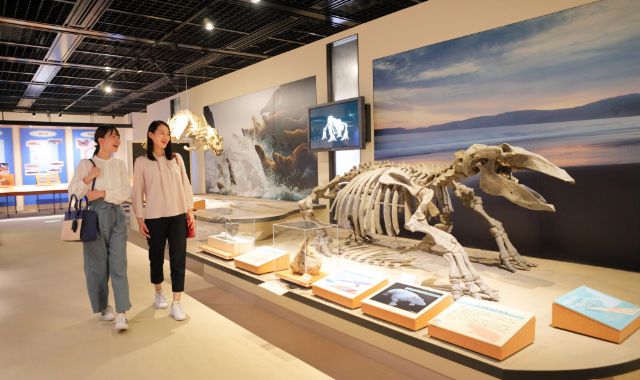
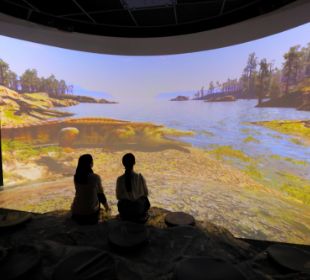

SPOT - 09
Sanbe Azubara Buried Forest Park (Sanbe Jomon Forest Museum)
The "Sanbe Azubara Buried Forest Park" displays the 4000-year-old forest of giant trees buried underground as they are excavated. Seven buried trees, including cedar, which is 650 years old and has a root diameter of more than 2m, rise above the 13m high underground space, approaching with overwhelming power.
Buried forests, rare in the country, teach us the greatness of nature beyond eternal times.
Spot Details ▶
Official Website ▶

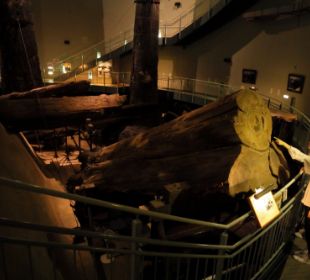
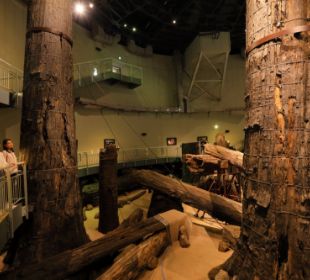
SPOT - 10
Nima Sand Museum
Kotogahama is famous for his "yunasuna", which rings when he walks. The museum was born in 1991 to protect and utilize the local resources carefully. It gained attention as a stage for "Hourglass", a work by manga artist Hinako Ashihara, which later became a drama and film, and became a popular spot at once.
The distinctive large and small six glass pyramids are the largest, as high as 21m. Inside it is the world's largest annual hourglass "Sand Calendar", measuring 5.2m high and 1m in diameter, ticking for time. The sand we use is also an order of magnitude with a ton. Every year on New Year's Eve, this hourglass-flipping event, "The Festival of Time", is held, and many people come from inside and outside the prefecture. In the hall, materials on the sand will be exhibited to improve the understanding of the "Naruna" protection. At the adjacent Fureai Exchange Hall, Czech Bohemia glass is also exhibited and sold, and you can experience the production of your own glass work in the workshop.
Spot Details ▶
Official Website ▶
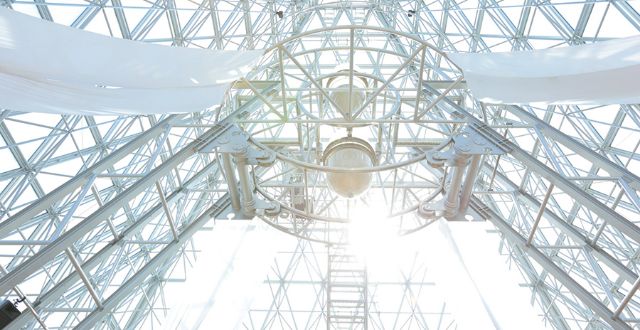

Copyright Shimane Prefectural Government and Shimane Tourism Federation All Rights Reserved.
Return to Shimane Home>>

The Oki area, where you can experience the charm of the UNESCO World Geopark. There are many attractions to see, such as Kunigakashore, Lussuk Island, Yaosugisugi/Mudsutsugi, and the waterfall of Tantoscope.
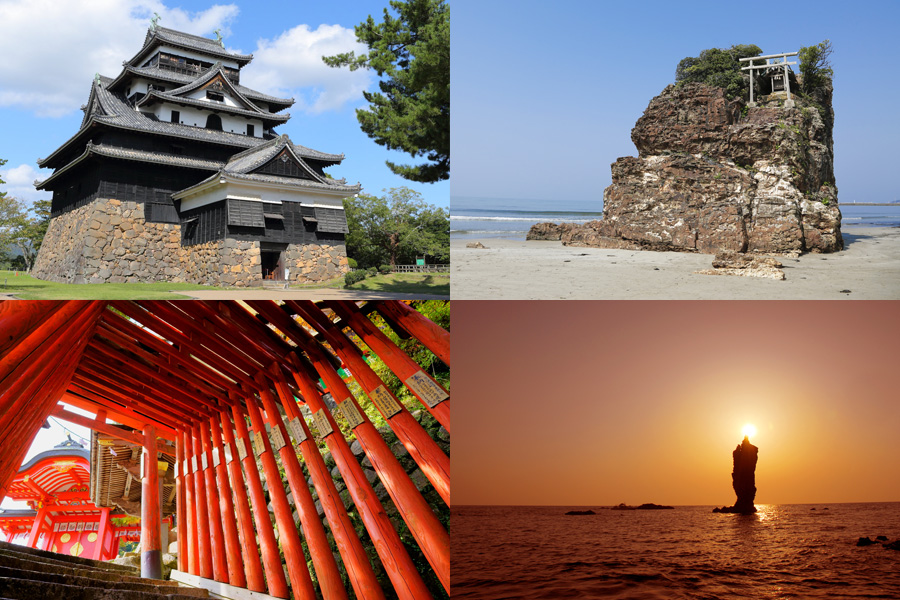
島根と言えば縁結びの最強スポット「出雲大社」や世界遺産「石見銀山」が特に有名ですが、国宝「松江城」、庭園ランキング日本一「足立美術館」や山陰の小京都「津和野」、さらにはユネスコ世界
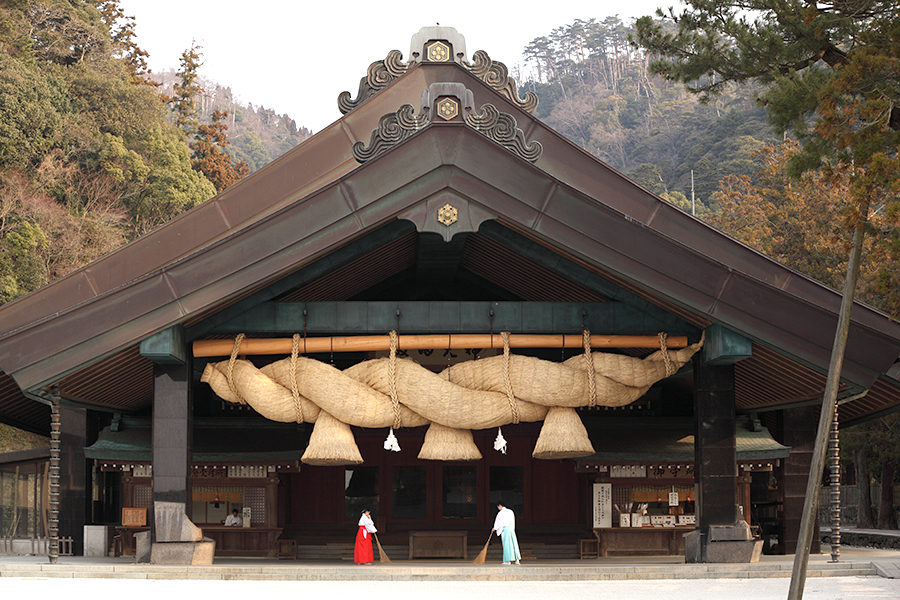
神々が集う縁結びの聖地出雲エリア。「出雲大社」は、全国から多くの人が訪れる島根の代表的な名所です。由緒ある神社仏閣も多く、歴史や文化が今も息づいており、夕日をテーマにしたストーリー
This website uses cookies so that we can provide you with the best user experience possible. Cookie information is stored in your browser and performs functions such as recognising you when you return to our website and helping our team to understand which sections of the website you find most interesting and useful.
Strictly Necessary Cookie should be enabled at all times so that we can save your preferences for cookie settings.
If you disable this cookie, we will not be able to save your preferences. This means that every time you visit this website you will need to enable or disable cookies again.
